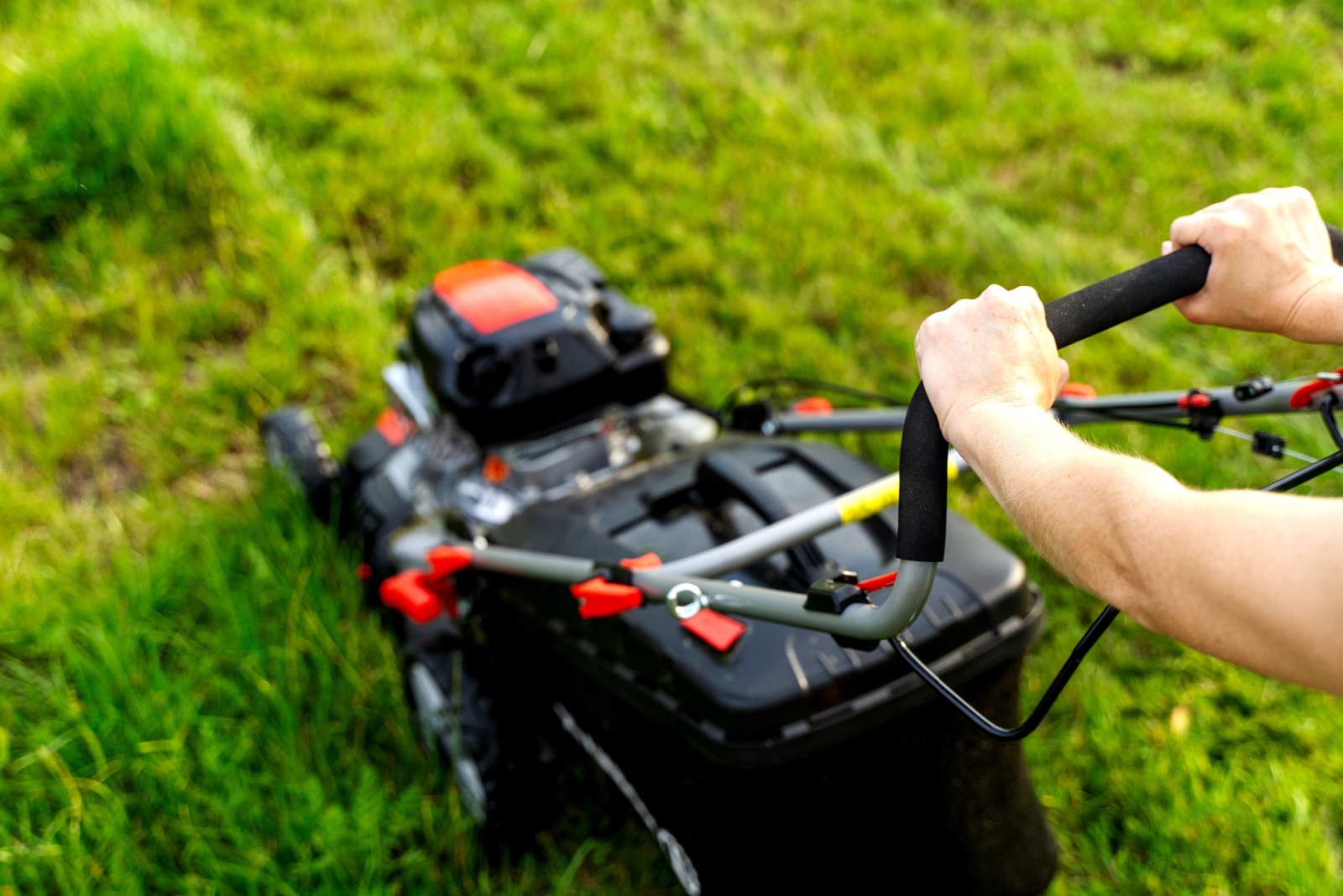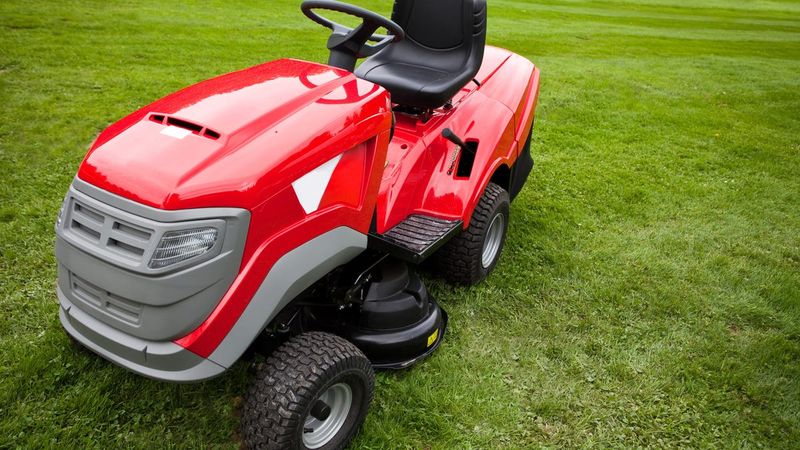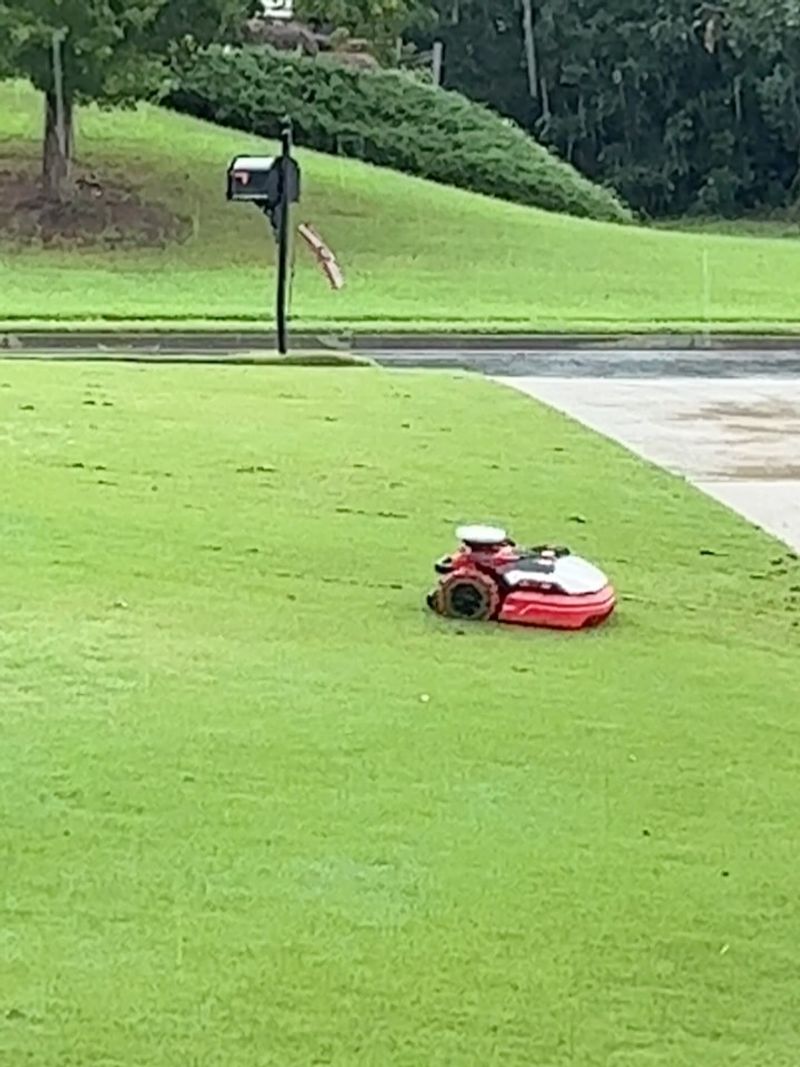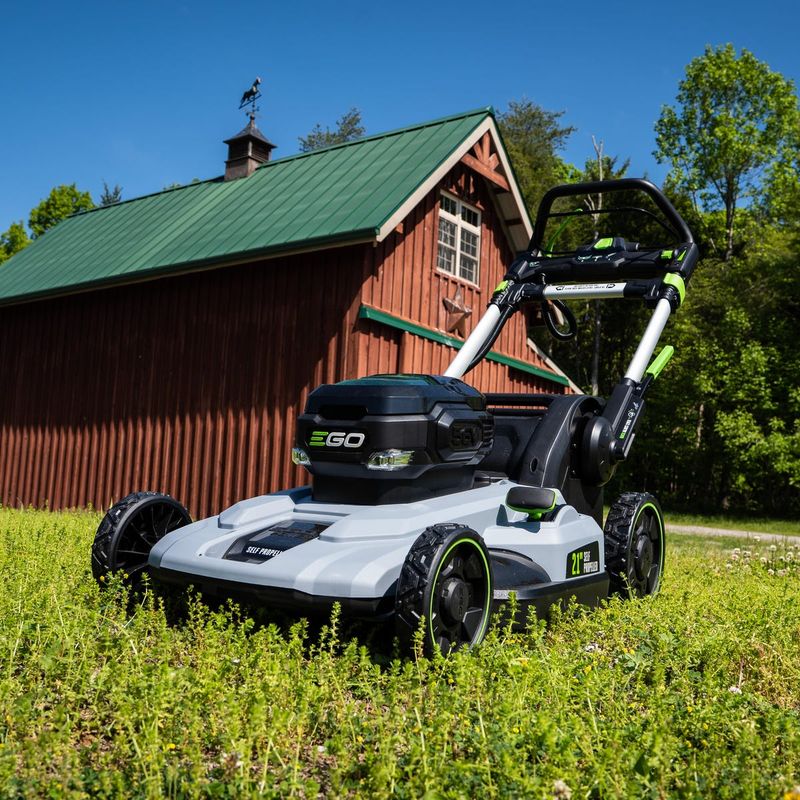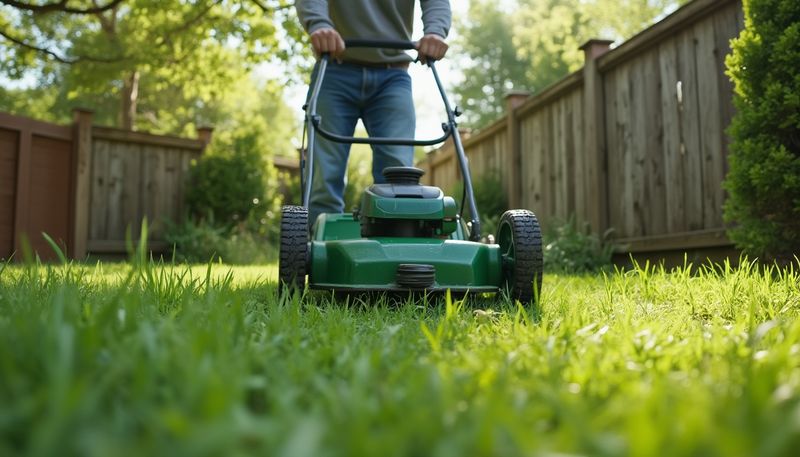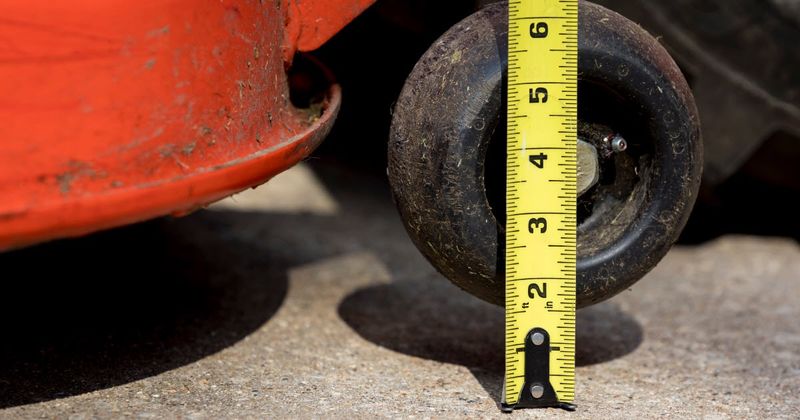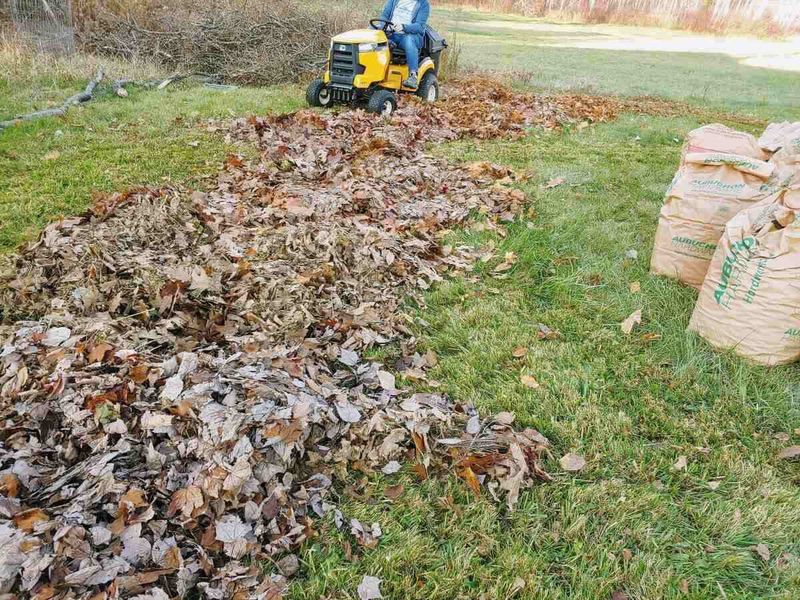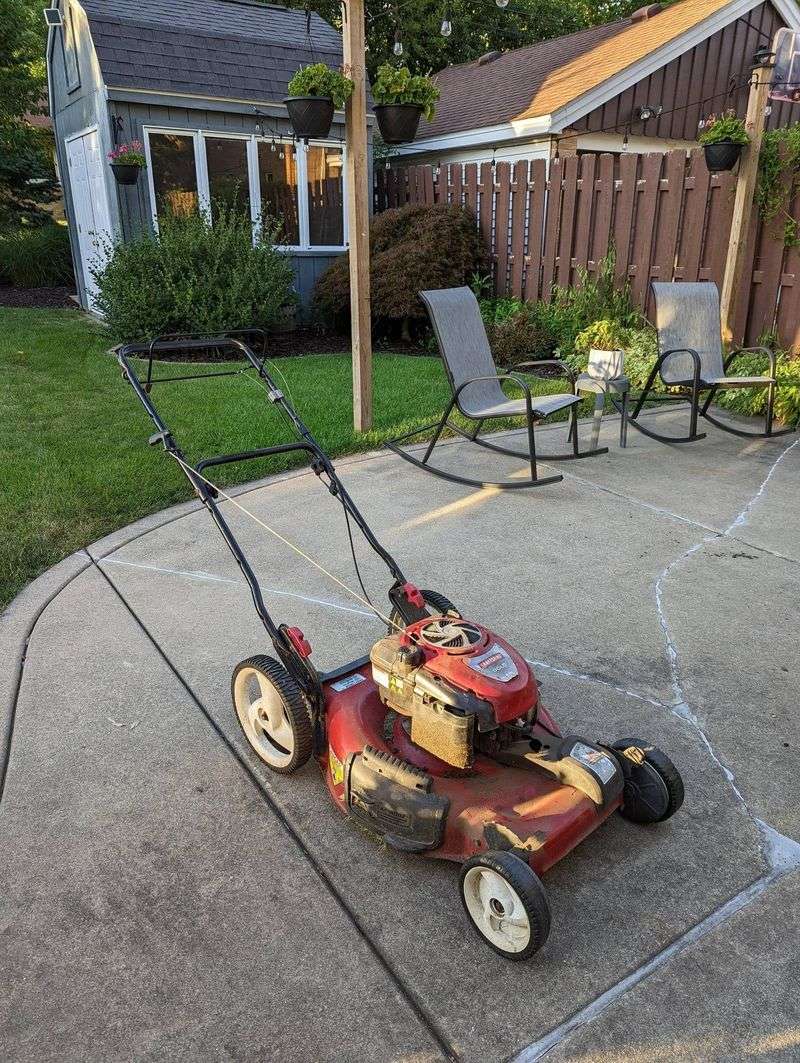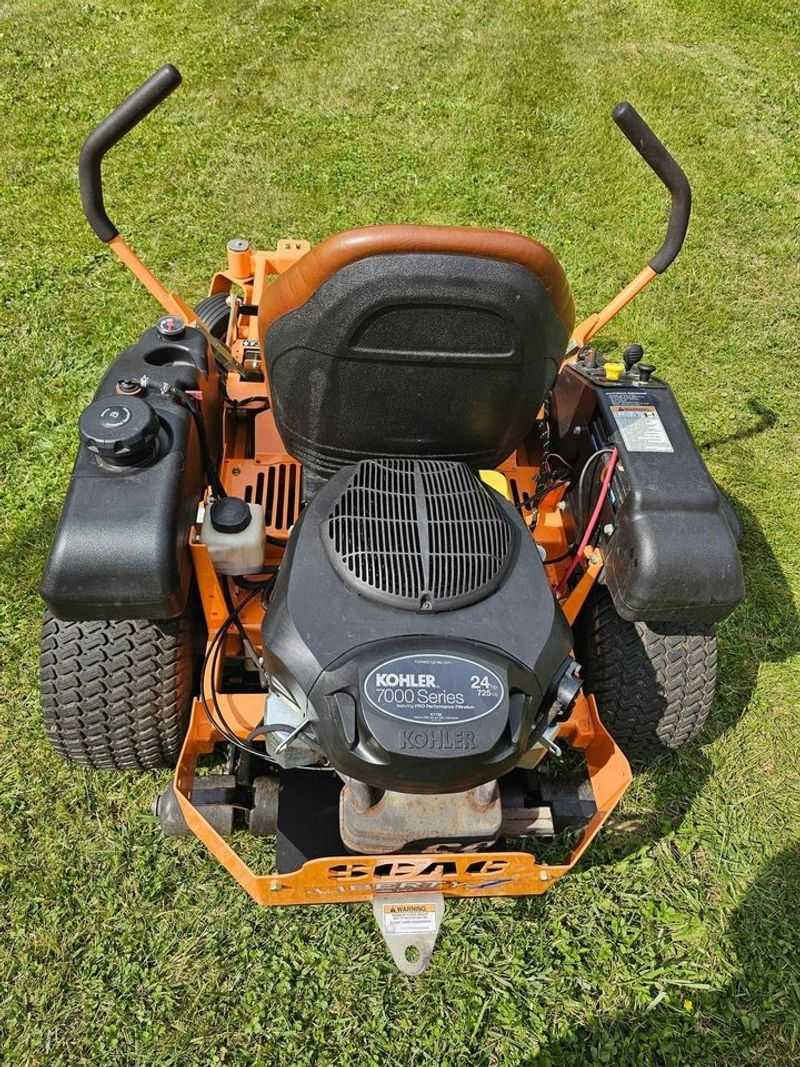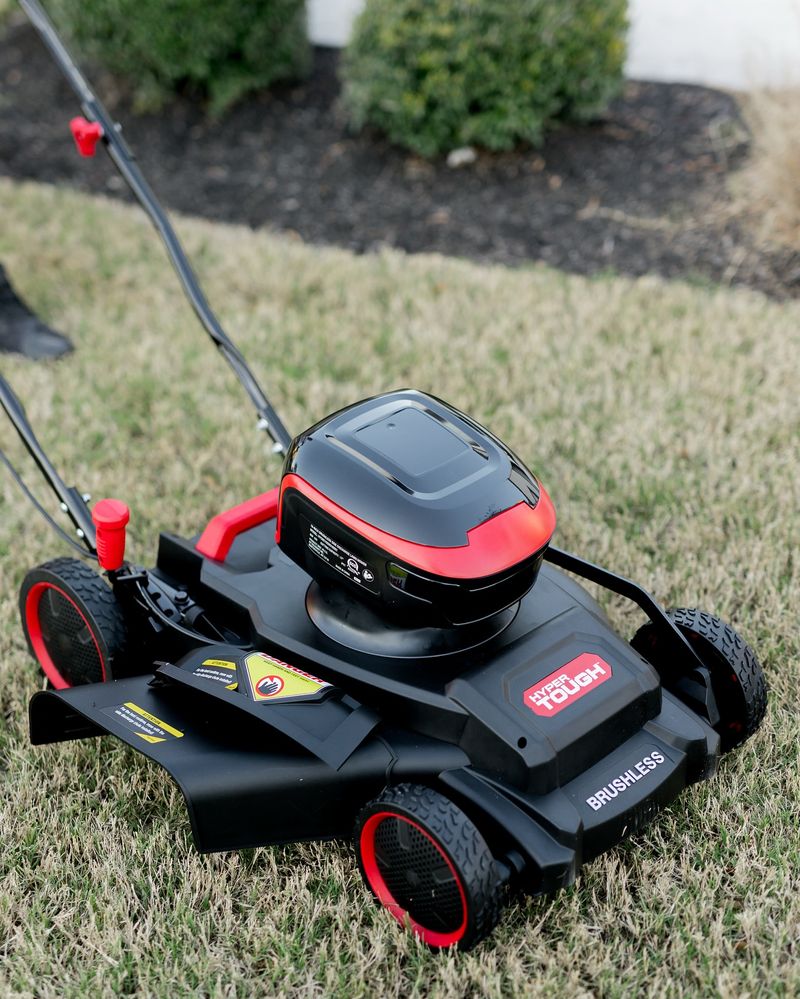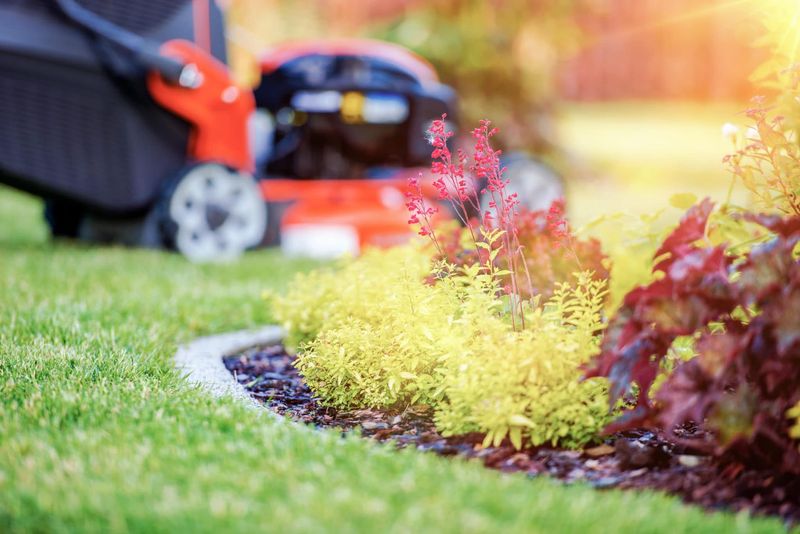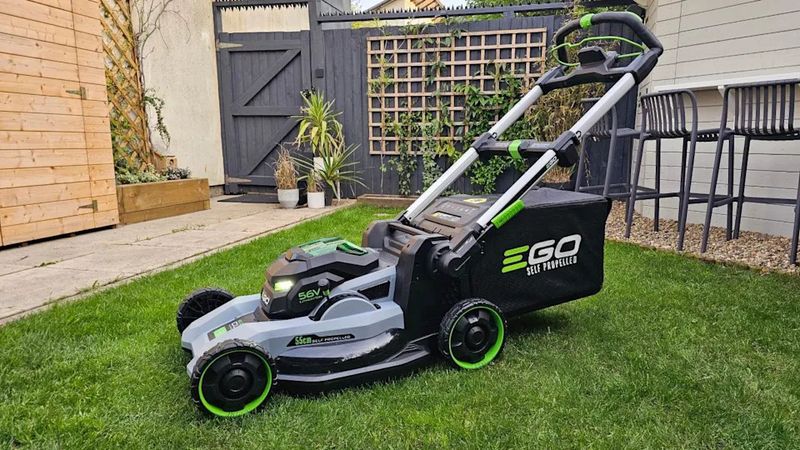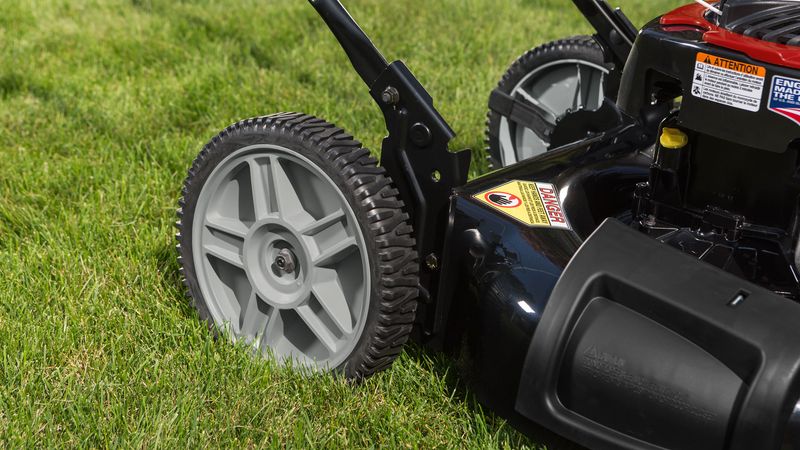Picking the right lawn mower in Indiana can mean the difference between a relaxing Saturday and a sweaty, all-day chore. With the right fit, lawn care becomes smoother, faster, and far less frustrating. It’s all about matching your mower to your yard’s personality.
Indiana’s clay-heavy soil, humid summers, and uneven terrain aren’t easy on equipment. You need a mower that can handle thick grass, soggy patches, and slopes without missing a beat. Local conditions demand tools built for more than just looks.
That’s why we’ve put together key things to consider before you buy. From deck size to wheel traction, these tips will help you shop smart. Your perfect mower is out there—and your weekends will thank you.
1. Match Mower Type To Your Yard Size
Indiana properties come in all shapes and sizes, from sprawling rural acreage to compact suburban lots. For yards under a quarter acre, a simple push mower works perfectly fine.
Medium-sized yards between quarter and half acre benefit from self-propelled models that reduce fatigue. Those with property exceeding half an acre should seriously consider riding mowers or zero-turn options to save time and energy.
Remember that hills and slopes require more powerful engines regardless of yard size.
2. Consider Indiana’s Weather Patterns
Our state experiences everything from scorching summer days to spring downpours. Look for models with all-weather tires that grip well on wet grass, a common challenge after those frequent Midwest thunderstorms.
Rust-resistant components are worth the investment given our humidity levels. Many newer models come with weather-resistant features specifically designed for variable climates like ours.
I learned this lesson the hard way after my first budget mower rusted through just two seasons of Indiana’s humid summers.
3. Fuel Options Matter
Gas-powered mowers deliver consistent power for tackling thick Indiana bluegrass and fescue, but require more maintenance. Electric models offer quieter operation and zero emissions, perfect for suburban neighborhoods with noise ordinances.
Battery technology has improved dramatically – many cordless electric mowers now provide enough runtime for a typical Indiana yard. For larger properties, consider dual-battery systems or models with quick-charge capabilities.
Fuel prices fluctuate seasonally in Indiana, making the long-term cost savings of electric options worth calculating.
4. Clay Soil Demands Robust Blades
Indiana’s notorious clay soil takes a toll on mower blades. Heavy-duty steel blades with reinforced edges maintain sharpness longer when dealing with our soil conditions and the occasional hidden rock or root.
Mulching blades work wonderfully for returning nutrients to Indiana lawns, helping counteract the poor drainage of clay soils. When shopping, ask specifically about blade quality and replacement costs.
Last summer, my neighbor’s bargain mower needed three blade replacements while my quality-bladed model needed just one sharpening.
5. Height Adjustment Range
Proper cutting height prevents stress on Indiana lawns during summer heat waves. Look for mowers with multiple height settings that adjust easily – you’ll want to cut higher (3-4 inches) during summer and lower in spring and fall.
Single-lever adjustment systems save time compared to adjusting each wheel individually. The best models offer at least 6 different height positions to adapt to seasonal changes.
Kentucky bluegrass, common in northern Indiana, particularly benefits from proper height adjustment to maintain root strength.
6. Storage Requirements Through Indiana Winters
Winter storage is crucial with our freezing temperatures and snow. Measure your garage or shed space before purchasing, especially for larger riding mowers. Models with foldable handles save valuable storage space in smaller garages.
Some newer push mowers feature vertical storage options, standing upright when not in use. This design has saved tremendous space in my modest Indianapolis garage.
Consider protective covers for outdoor storage, and always properly winterize fuel systems to prevent starting problems after the snow melts.
7. Mulching Capabilities for Leaf Season
Fall in Indiana means mountains of leaves. A mower with strong mulching capabilities handles our seasonal leaf drop, eliminating the need for separate equipment or endless raking sessions.
Quality mulching systems finely chop leaves and grass into natural fertilizer. When shopping, look for mowers with dedicated mulching blades and adjustable mulching settings.
My neighbor spends weekends raking while I simply run my mulching mower over the yard, saving hours of backbreaking work while nourishing my lawn naturally.
8. Local Dealer Support
Purchasing from local Indiana dealers rather than big box stores often means better service when problems arise. Local shops typically provide maintenance, warranty work, and parts without shipping delays.
Many Indiana communities have family-owned power equipment businesses with decades of experience. These shops offer personalized advice about which models perform best in our specific conditions.
The extra cost at local dealers frequently pays for itself through service quality and relationship building with people who understand Indiana’s unique lawn care challenges.
9. Handle Ergonomics For Comfort
Comfortable ergonomics prevent fatigue during those long summer mowing sessions. Test drive potential mowers to ensure the handle height suits your body – your back will thank you after mowing a typical Indiana yard.
Vibration-dampening grips reduce hand fatigue and prevent the tingling sensation that comes from prolonged mowing. Premium models offer adjustable handle positions to accommodate users of different heights.
After developing wrist pain with my old mower, switching to an ergonomic model transformed mowing from a dreaded chore to a manageable task.
10. Starting Mechanism Reliability
Nothing frustrates like a mower that won’t start on humid Indiana mornings. Electric-start options eliminate the arm-wrenching pull-cord experience, especially valuable for those with shoulder or back issues.
Battery-powered models start with a simple button press – no priming or choking required. For gas models, look for easy-start features like automatic choke systems.
My father-in-law finally replaced his temperamental pull-start mower after it left him stranded mid-yard one too many times during our unpredictable spring weather.
11. Budget For Seasonal Maintenance
Beyond the purchase price, factor in ongoing maintenance costs. Gas mowers require oil changes, air filter replacements, spark plugs, and fuel stabilizers – especially important with Indiana’s seasonal storage requirements.
Electric models typically have lower maintenance costs but may need battery replacement after a few years. Set aside approximately $50-100 annually for gas mower maintenance or battery care for electric models.
Creating a maintenance calendar synchronized with Indiana’s seasons helps extend equipment life and prevents costly repairs.
12. Noise Restrictions In Indiana Communities
Many Indiana neighborhoods and communities have noise ordinances limiting when you can mow. Electric mowers operate at around 75 decibels compared to 95+ for gas models – a significant difference for early morning mowing.
Check local regulations before purchasing, especially in suburban areas. Some subdivisions restrict gas-powered equipment use before 8 AM or after 8 PM.
My subdivision in Carmel has strict noise policies that made my switch to a quieter electric model not just environmentally friendly but neighborly too.
13. Wheel Size And Maneuverability
Indiana yards often feature obstacles like garden beds, trees, and playground equipment. Larger rear wheels (10-12 inches) navigate uneven terrain much better than standard wheels, particularly important with our clay soil that creates bumpy lawns.
Front-swivel wheels on some models provide excellent maneuverability around landscape features. Test the turning radius before purchasing – tight corners around flower beds shouldn’t require excessive effort.
After upgrading to larger wheels, mowing around my property’s many oak trees became noticeably easier and faster.

